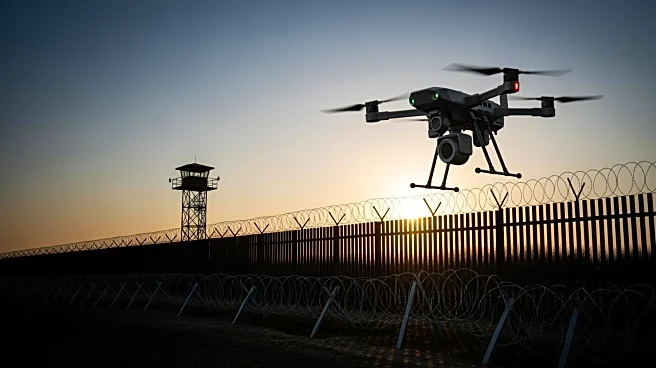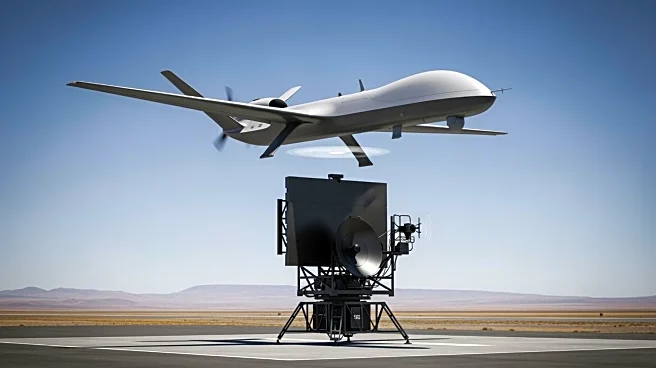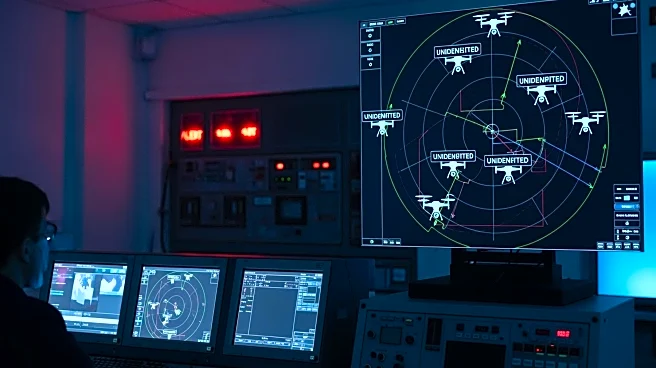What's Happening?
Poland recently experienced a security breach when fragments from a downed Russian drone damaged a house. This incident is part of a broader pattern of Russian drone incursions affecting multiple countries,
including Ukraine, Germany, and various NATO members. The increasing prevalence of low-cost hostile drones has prompted efforts to develop cost-effective detection and destruction methods. These include shooting nets and cheap lasers to intercept drones. The situation underscores the need for early detection systems to safely neutralize drones before they cause damage.
Why It's Important?
The incursion highlights the growing security challenges posed by low-cost drones, which are becoming increasingly common away from the frontlines of Ukraine. This has significant implications for national security and defense strategies in Europe and NATO countries. The ability to detect and neutralize drones efficiently is crucial to prevent potential damage to civilian infrastructure and maintain airspace security. The incident in Poland exemplifies the risks associated with drone fragments causing physical damage, emphasizing the need for improved counter-drone technologies.
What's Next?
Countries affected by drone incursions are likely to invest in advanced detection and interception technologies. Sweden, for instance, has announced plans to invest over $365 million in anti-drone systems, including measures to jam and shoot them down. This investment reflects a broader trend among NATO countries to enhance their defense capabilities against drone threats. Civilian sectors such as shipping and the oil industry may also explore these technologies to protect their assets from potential drone-related disruptions.
Beyond the Headlines
The ethical and legal dimensions of drone warfare are becoming increasingly complex. As drones become more autonomous and capable of navigating pre-programmed routes, the challenge of intercepting them without causing collateral damage grows. The development of 'soft-kill' options, such as hacking, offers a safer way to neutralize drones by controlling their landing. This approach could mitigate risks associated with traditional methods that might lead to falling debris or flammable fuel hazards.













